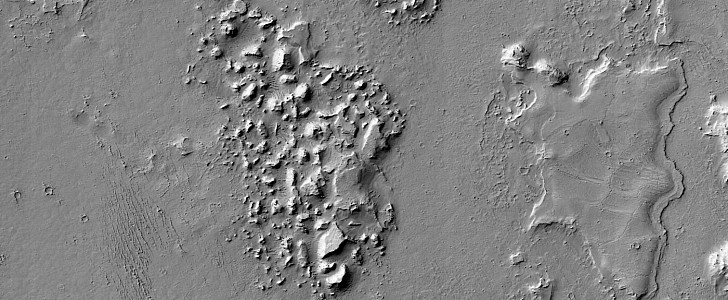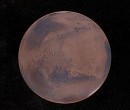We all know what Earth looks like, either as the round ball of rock that it is as seen from space or as the flattened representation of it we use for our global maps. These images are so familiar to us, we’ll recognize them in an instant, no matter where we see them. Even mirrored in some sense on an alien world.
Our planet has seven main land divisions. We get the two Americas to the west, seemingly tied to each other by a thin thread of land, we get Australia isolated way down in the Pacific Ocean, Europe and Asia as a huge mass of land in the Northern Hemisphere, indistinguishable from each other that through human conventions, Africa, and, of course, Antarctica, the place very few live on.
Each of these places has its own distinct position on the planet we live on, the maps we make, and, of course, in our minds. Trained to seem then as such ever since we are kids, we are sort of conditioned to recognize these familiar shapes anywhere we see them. And I, for one, sure see some of the above continents (the two Americas, Antarctica, Africa, and parts of Europe) in the image featured here, one the HiRISE camera sent back all the way from Mars.
What we’re looking at is officially described as the contact line between low hills and smooth plains, somewhere in an undisclosed region of Mars. The features are caused by an unknown phenomenon, but what resulted is something that looks eerily similar to what we usually see on the maps of our planet.
The image we’re looking now was captured by HiRISE back in 2014, from an altitude of 274 km (170 miles), but only now made public by NASA and the University of Arizona. They did so as this image is now the subject of study into how these features formed: “was this caused by invasive lava effects or some sort of lava-water interaction or another as yet unknown process?”
There is, of course, no estimate on when we'll learn the answer to that question.
Each of these places has its own distinct position on the planet we live on, the maps we make, and, of course, in our minds. Trained to seem then as such ever since we are kids, we are sort of conditioned to recognize these familiar shapes anywhere we see them. And I, for one, sure see some of the above continents (the two Americas, Antarctica, Africa, and parts of Europe) in the image featured here, one the HiRISE camera sent back all the way from Mars.
What we’re looking at is officially described as the contact line between low hills and smooth plains, somewhere in an undisclosed region of Mars. The features are caused by an unknown phenomenon, but what resulted is something that looks eerily similar to what we usually see on the maps of our planet.
The image we’re looking now was captured by HiRISE back in 2014, from an altitude of 274 km (170 miles), but only now made public by NASA and the University of Arizona. They did so as this image is now the subject of study into how these features formed: “was this caused by invasive lava effects or some sort of lava-water interaction or another as yet unknown process?”
There is, of course, no estimate on when we'll learn the answer to that question.






